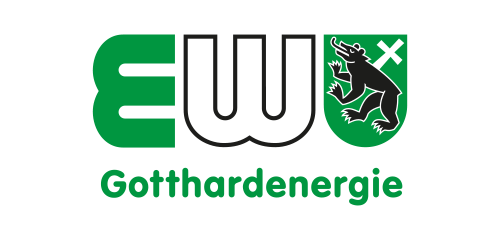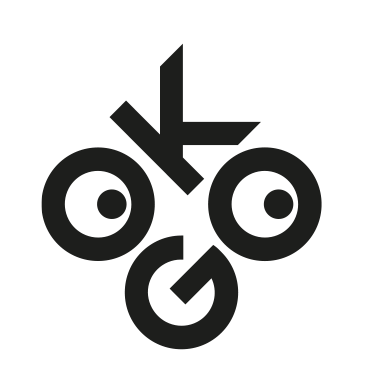In principle, livestock owners are liable for damage caused by their animals unless it can be proven that due care was taken in the care and supervision of the animals. This means that owners of cattle and livestock guarding dogs must carry out a risk analysis with appropriate planning and implementation of measures as soon as footpaths pass through their grazing area. The fencing system should be adapted to the grazed animals, the location and the frequency of third parties and dogs and should be checked regularly.
Correct behaviour with cows and livestock guarding dogs
When hiking or biking, always keep your distance from the herd and do not pet or feed the animals. If animals block your path, stay calm and try to slowly go round the herd in a wide arc. If you have a dog with you, please keep it on a lead. If cows make threatening gestures such as raising and lowering their heads, snorting, bellowing or scratching, it is advisable to slowly back out of the pasture. And don't forget: Always close cattle gates so that the cows themselves cannot wander off.
Alpine pastures with livestock guarding dogs are shown on the SchweizMobil web map. Areas where livestock guarding dogs are likely to be present appear on the map as a yellow area.
Behavioural tips for suckler cows
If possible, keep your distance so as not to unsettle the cattle. In any case, move calmly past the animals. Cattle have an individual zone, similar to the natural distance zone in humans. If this zone is exceeded, the animals may feel harassed. An attack on humans usually serves to protect themselves, the herd and, above all, the young animals.
Mother cows always keep an eye on their calves and can react aggressively if there are any disagreements. You should therefore not approach the calves and never touch them. Cows want to protect their offspring from danger and do not like strangers touching their calves. However, calves often lie hidden away from the herd.
Tiens ton chien en laisse, évite de déranger le troupeau et essaie de le contourner le plus largement possible. Évite le contact direct avec le troupeau. Les bovins perçoivent ton chien comme un prédateur potentiel et tentent de protéger leur troupeau.
Behavioural tips for herd protection dogs
If you enter an area with herd protection on a hike or bike tour, the following behaviour is generally recommended:
Take behavioural tips seriously
Slow down
Do not startle animals
Do not surprise dogs, but draw attention to yourself by speaking loudly
Get off your bike
When the dog barks and blocks the way
Stand still and give the dog time to assess the situation (do not look directly at the dogs, do not touch them, do not speak directly to them).
Keep your distance from the herd.
Do not provoke dogs: no raised sticks, no flailing around, no shouting at them.
If necessary, keep dogs at a distance with the stick held at an angle and calmly extended downwards.
As soon as the dog has accepted your presence and has stopped barking, the walk can be continued slowly.
If the dog does not calm down
Move backwards and retreat to a greater distance from the herd.
Avoid eye contact.
Avoid the herd or turn back.
Anyone forcing their way through the herd despite clear warning signals from the livestock guarding dogs can, in the worst case, be bitten.

.png?fm=png&f=center&fit=fill&q=45&w=240)
.png?fm=png&f=center&fit=fill&q=45&w=240)
.png?fm=png&f=center&fit=fill&q=45&w=240)
.png?fm=png&f=center&fit=fill&q=45&w=240)


.png?fm=png&f=center&fit=fill&q=45&w=240)
.png?fm=png&f=center&fit=fill&q=45&w=240)